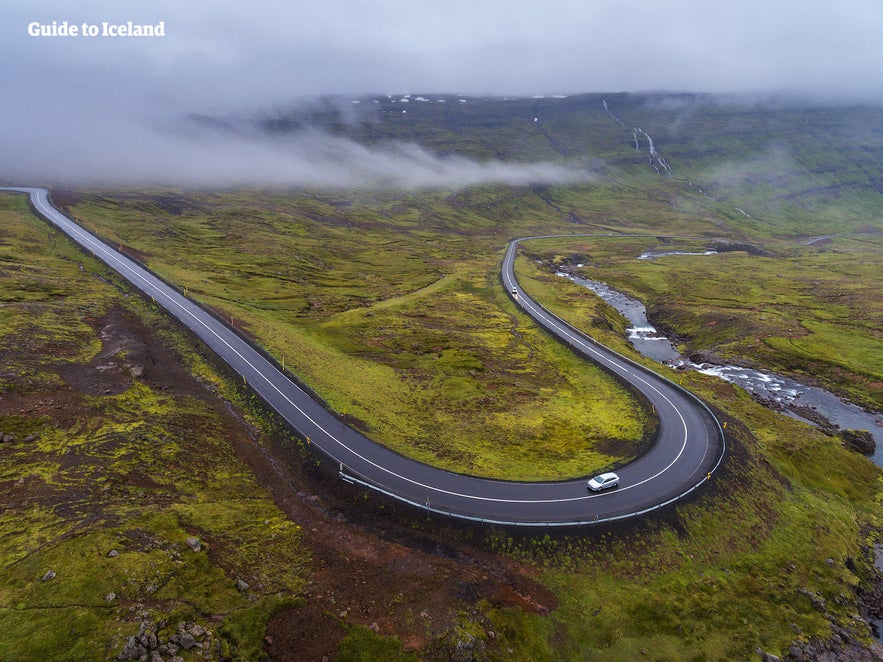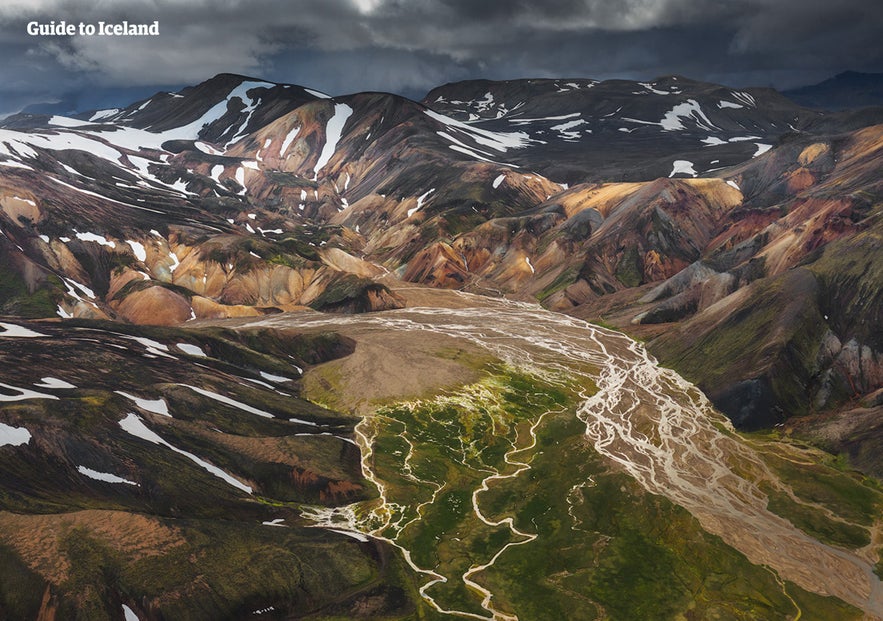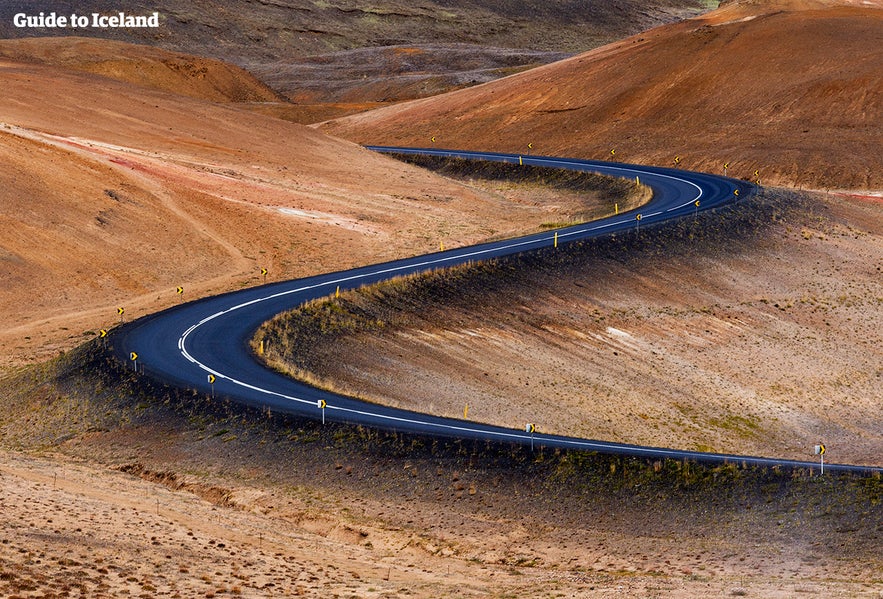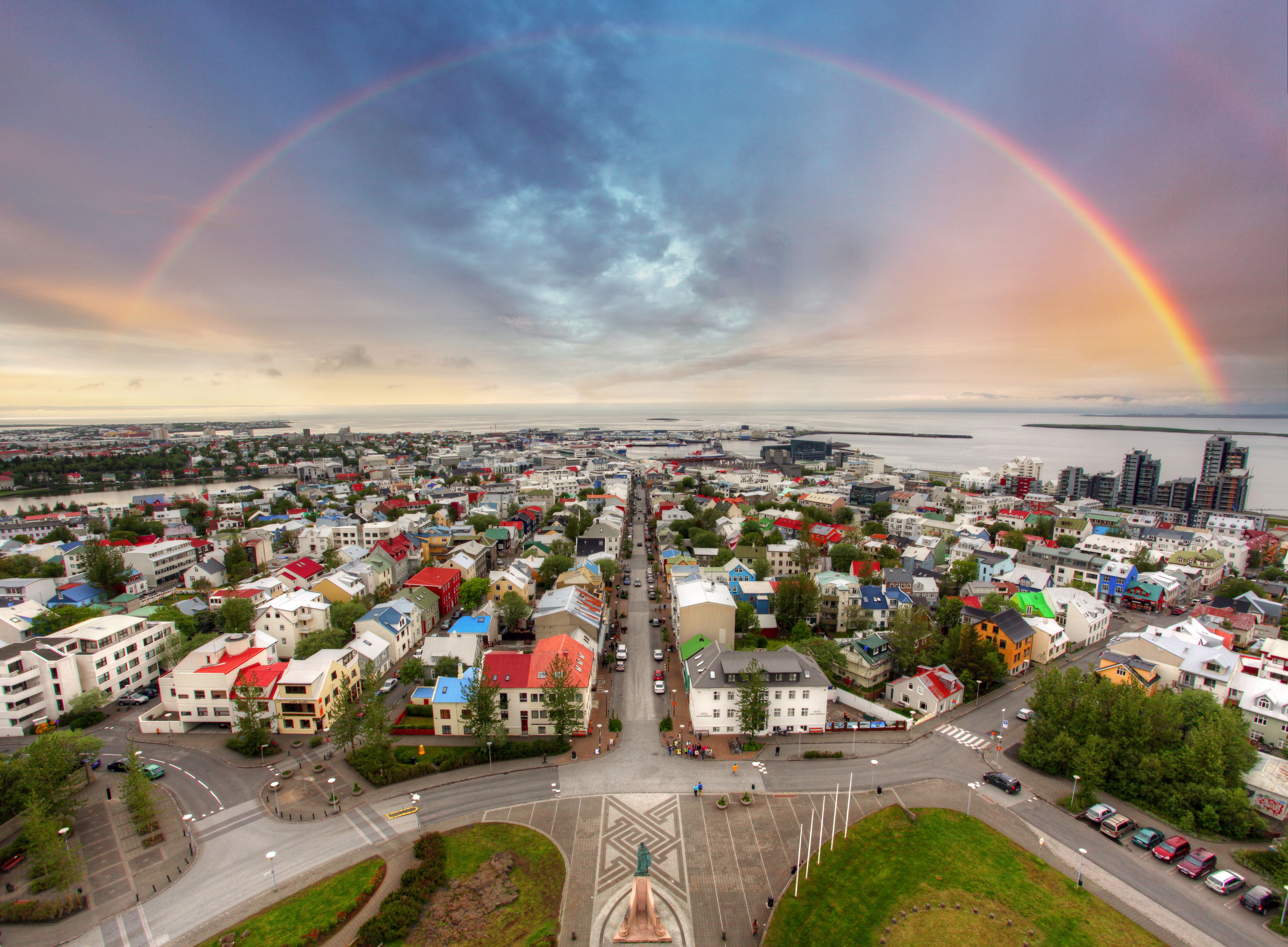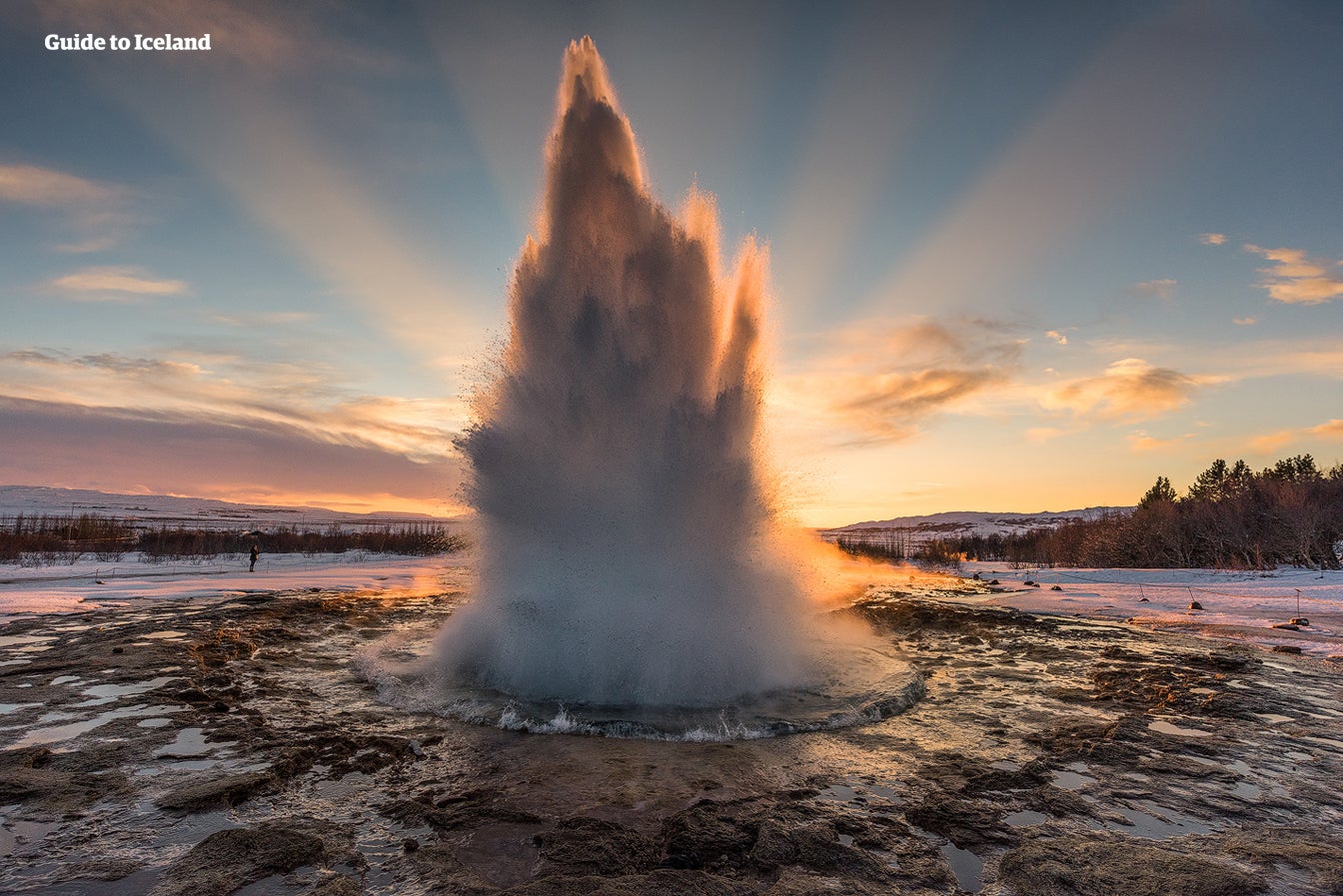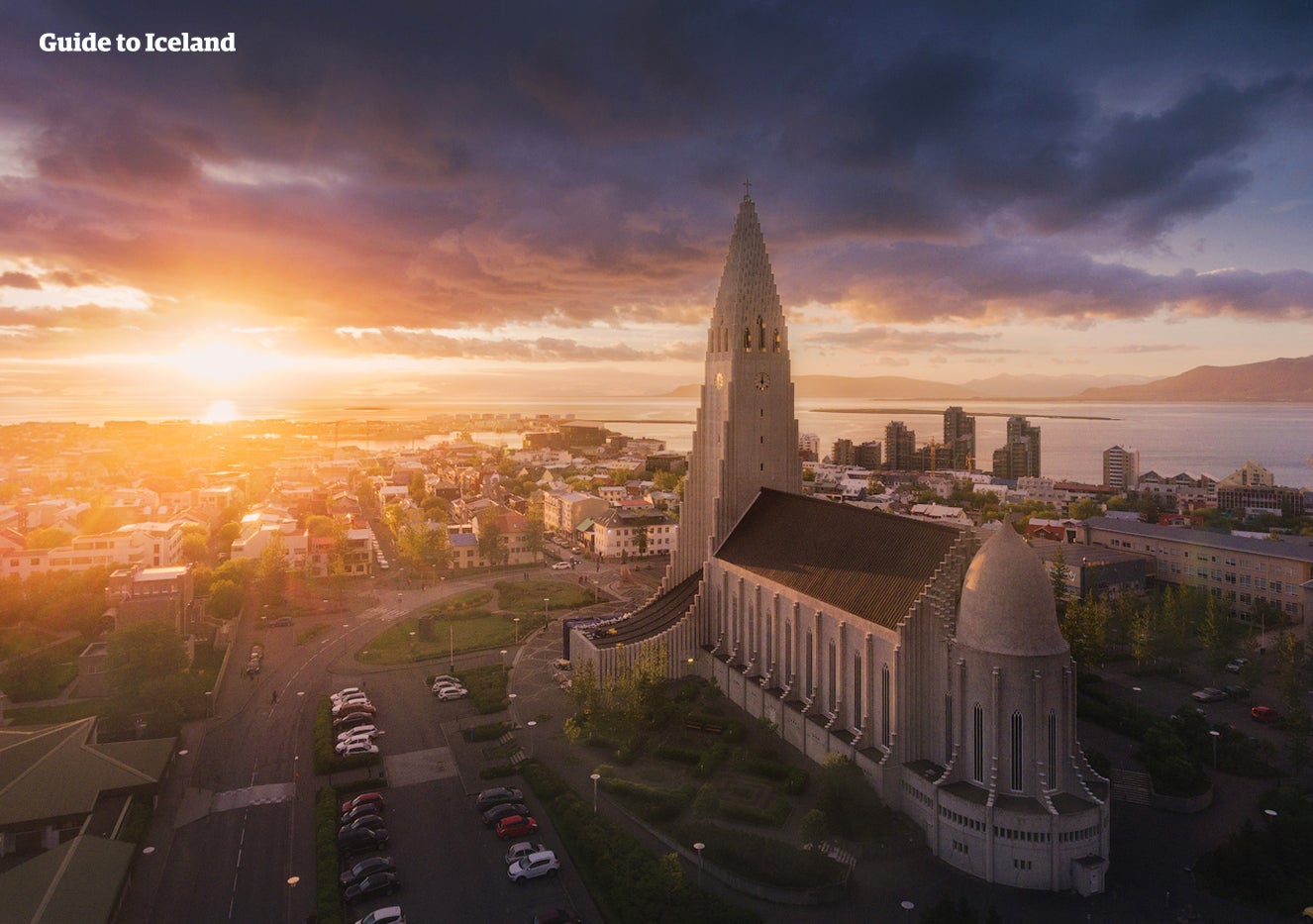How does one keep safe while driving in Iceland? What are some of the major hazards to watch out for, and are there any regions inaccessible during the winter? Read on to find out all you need to know about how to drive safely in Iceland.
- See Also: The Ultimate Guide to Driving in Iceland
We’ve all seen the bad habits humans have when dricing: an excessive need for speed, unwrapping sandwiches in the passenger seat, executing a deep pimple cleanse in the rearview mirror, shouting the word “bastard!” at every vehicle that wrongs you, the mindless babbling to oneself, the careless thumbing of the radio dial, the scrambling around for that lost USB wire.
Why You Can Trust Our Content
Guide to Iceland is the most trusted travel platform in Iceland, helping millions of visitors each year. All our content is written and reviewed by local experts who are deeply familiar with Iceland. You can count on us for accurate, up-to-date, and trustworthy travel advice.
Only a handful of examples prove that, in the inner containment of one’s steel bubble, things are rarely as safe as they might appear. It’s all very well choosing to trust others on the road, but can you trust yourself?
Thankfully, Iceland’s population is small, meaning far less traffic than many other places. Then again, we do know that there are more cars in Iceland than people, forcing one to question who, or what, is really running things around here.
We’re not trying to recreate a traffic intersection in Rome. We want to avoid the staggering queues of the M25. We have no interest in Road Rage or watching the Fast and Furious 15.
The Three Cardinal Rules
Instead, I’d like to instal on our visitors that Iceland’s wide open landscapes and empty stretches of road will often draw out the worst of Lewis Hamilton in us. And so, besides from avoiding driving like a total “bastard!”, one should consider the Three Cardinal Rules of Driving.
The Three Cardinal Rules of Driving should be abided by at all times; failure to do so is punishable by by the police. The rules are as follows:
1. No Stopping Arbitrarily by the Roadside.
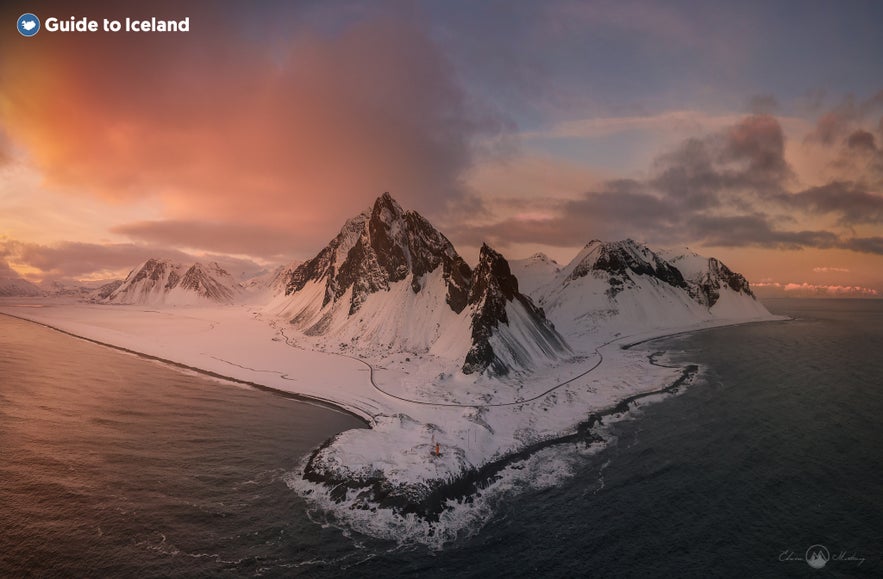
Yes, while it’s true that Iceland does have staggeringly beautiful natural attractions, rightly set aside from the rest of the country, it is just as true to say that they have adjacent car parks.
The rest of the countryside, charming as it is, is often overwhelming to first-time visitors—visitors who feel the compulsion to suddenly pull their car over to the side of the road, whip out their phones and start photographing the #Sunset.
I’m afraid this is too dangerous for other motorists, so to avoid the Hanging Rock, please avoid doing so in the future. Besides, there are sightseeing laybys every 1000 metres or so, so practise patience.
2. Winter Tyres in Winter
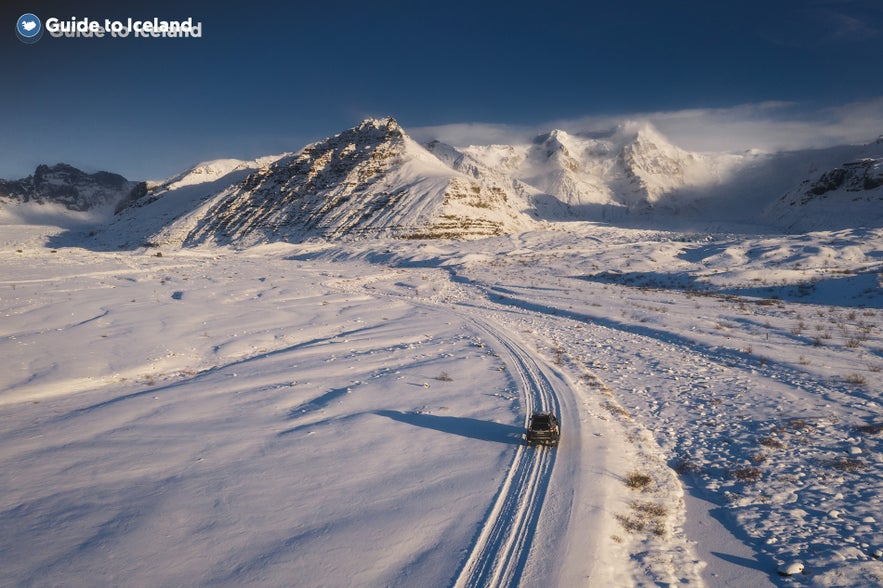
This one goes without saying and yet, it must be said. Even the newest drivers to our roads know that rain, snow, sleet and ice will abolish much of the friction we feel whilst travelling, meaning that vehicle brakes are less effective, speeding is infinitely more dangerous and the chances of crashes far higher.
Winter tyres nullify that somewhat as they are built with more rubber and silica, thus avoiding the pitfalls of the more loosely structured summer wheel.
Any rental company should be able to tell you in advance, and according to your plans, exactly which vehicle setup you will require in order to keep safe whilst driving.
3. Calm Your Driving Demons
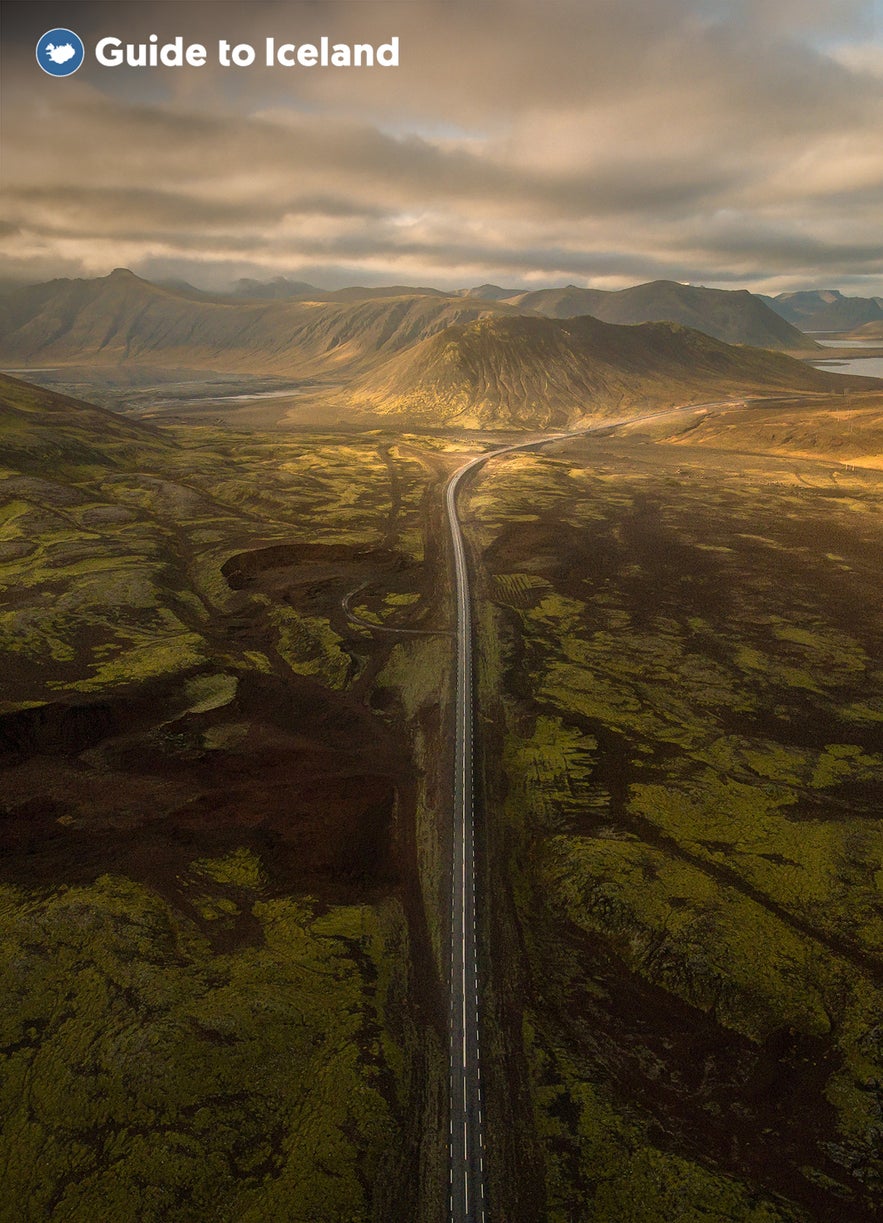
Sometimes when driving, feelings of impatience, arrogance and all-around nastiness begin to arise. Whether its the subtle, subconscious nervousness that comes with speeding at around far beyond walking-pace, or the persistent rudeness of other drivers, something in our inner-monologue is ever whispering “careful now… don’t mess this up...”
That’s a very good thing, while at the same time, can also make us a tad edgy. Of course, some drivers are very relaxed (some even too relaxed), but as long we maintain our awareness, our sanity and our control of the vehicle, far fewer accidents lie in wait.
Breathe. Be the car. Before that, take a look at some more useful information provided by other agencies and authorities in Iceland.
- Here are live updates of road conditions.
- And here is what the Icelandic Transport Authority has to say about driving in Iceland.
- You can also check out our Ultimate Guide to Transport in Iceland.
A Rundown on Driving in Iceland
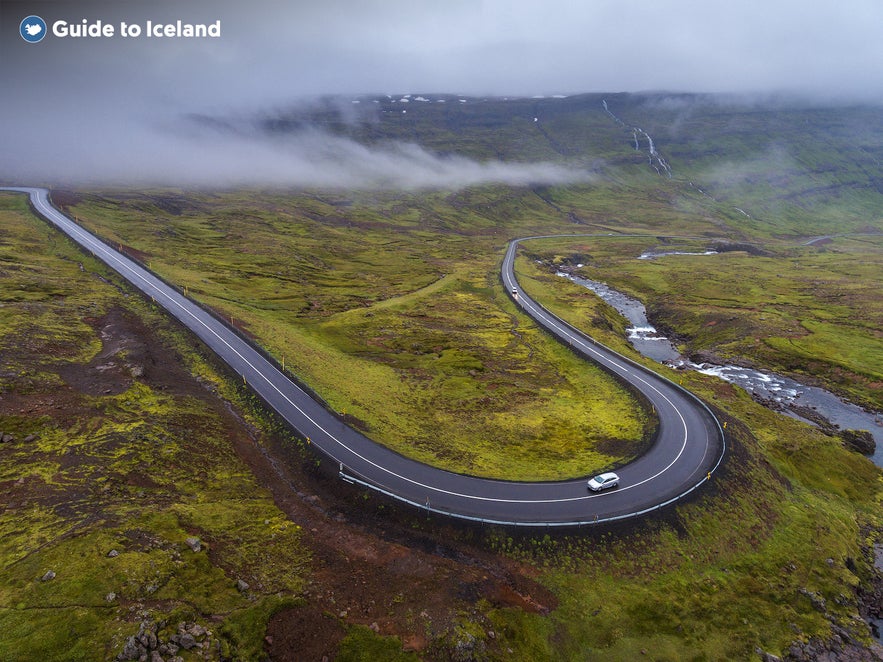
All mountain roads, largely applied to those in the interior of Iceland, have a gravel surface. The same applies to large sections of the national highway, which also has long stretches of asphalt. The surface of the gravel roads are often loose, especially along the sides, so one should always drive carefully here, slowing down whenever an oncoming car approaches.
The mountain roads are also often very narrow and are not made for even an inch of speeding. The same goes for many bridges, which are only wide enough for one car at a time. In addition to not having an asphalt surface, the mountain roads are often very winding. Journeys, therefore, often take longer than might be expected, so make sure to prepare in advance.
The general speed limit is 50 km/h in urban areas, 80 km/h on gravel roads in rural areas, and 90 km/h on asphalt roads.
Please note: special warning signs indicate danger ahead, such as sharp bends, but there is generally not a separate sign to reduce speed.
Please choose a safe speed according to conditions.
Motorists are obliged by law to use headlights at all times, day and night. In Iceland all driving off roads or marked tracks is forbidden.
Passengers in the front and back seats of an automobile are required by law to use safety belts. Icelandic law forbids any driving under the influence of alcohol.
Motor vehicle insurance
A Green Card or other proof of third-party insurance is mandatory for motorists driving their own cars in Iceland, unless you are from one of the following countries:
Drivers without a Green Card (or equivalent) must buy a separate third-party insurance policy on arrival.
Filling stations:
In the greater Reykjavík area filling stations are open Mon-Sat 07:30-20:00, Sun 09:00-20:00 (Oct- May 10:00-20:00). Many of the filling stations are open until 23:30.
Opening hours around the country, where the pumps are privately operated, can vary from place to place. Most stations are open until late in the evening, to 22:00 or even 23:30.
Many stations in the Reykjavík area have automats in operation after closing, which accept 1000 krónur bank notes, credit and debit cards. Automats are also operated in various places around the country.
Octane levels in Iceland are 92 regular unleaded, 98 premium leaded and premium unleaded 95.
Roads to the Icelandic Highlands
Most mountain roads are closed until the beginning of July, or even longer because of wet and muddy conditions which make them totally impassable.
When these roads are opened for traffic many of them can only be traversed by four-wheel-drive vehicles.
It is strongly advised that two or more cars travel together.
Also, before embarking on any journey into the interior collect as much information as possible regarding road conditions from a travel bureau, tourist information office or the Icelandic Road Administration (ICERA) Tel: +522 1000 or 1777.
A booklet called Mountain Roads can be obtained at Tourist Information Centres and the offices of the Icelandic Tourist Board abroad. Always take along a detailed map.
Other Ways of Getting around
Getting around in Iceland is easy during the summer but can be difficult during winter. The domestic airlines provide the only reliable form of transport in the winter when snow and ice prohibit most overland travel.
In summer, the airlines have daily flights between Reykjavík and most major destinations. Iceland has no railways and its highway system is the least-developed in Europe.
However, Bifreiðastöð Íslands (BSÍ), a collective organization of long-distance bus lines, does a tidy job of covering the country with a feasible network.
There are also a number of ferry services connecting ports. Car-rental agencies are found in most major towns. With its unsurfaced roads, steep hills and inclement weather, Iceland is hardly a cyclist's dream.
Nevertheless, an increasing number of visitors are trying cycling as a mode of transport, and bikes can be rented in most urban centres, as well as at hotels, hostels and guesthouses.
Local transport includes municipal buses and taxis which can also be hired for sightseeing.
Driving Off-Road
The diverse nature of Iceland is one of the principal attractions for those who travel here. The land is extremely fragile in many places and reckless driving can cause so much damage to the natural environment that it could take years and even decades to reverse the damage. Respect Icelandic nature when travelling around the country!
The soil in Iceland is volcanic and therefore very loose. Consequently, the wheels of vehicles and other means of transport easily leave deep tracks in the soil, whether the ground is covered with vegetation or has no vegetation at all.
It is very difficult to eradicate the destruction caused by off-road driving. Iceland is located just south of the Arctic Circle, where the growing season is very short and it can take decades for vegetation to recover from any damage. The same may be said about sandy areas and areas with no vegetation, where damage may take even longer to disappear than in areas where vegetation covers the ground.
Tire tracks disfigure the appearance of the land and can also become channels for water, thus advancing soil erosion and the denudation of vegetation. Off-road tire tracks also attract other travellers and encourage others to drive off-road.
You should only drive on roads and marked trails and not outside these. Walk or go back if it is not feasible to continue further by driving.
Obtain information on the route you plan to use. Use roadmaps to organise your trip before starting. Respect seasonal traffic restrictions in uninhabited areas and in the highlands and monitor announcements on road conditions.
Information about road conditions can be obtained via tel. 1777 or on the website of the Icelandic Road Administration.
Was there any relevant information you think we missed, or any advice to our other readers? Make sure to leave your queries and thoughts in the Facebook comment's box below.

